At an altitude of 634 m, on a limestone rock over 200 m from the surrounding terrain, Spišská kotlina is one of the most prestigious spiers of Spiš, the national cultural monument Spišský hrad. It is not only a proof of the development of architecture in our country from the 12th to the 18th century, but its area of more than 4 hectares (41 426 m2) is considered to be one of the largest castle complexes in Central Europe.
Spiš Castle.
His history is also rich. The rock on which it was spread was settled in the younger and later Stone Age. Early settlement, however, culminates at the turn of the year, when a huge and massive fortified fortress of the people called the so- Púchov culture. Its waves have been discovered by archaeologists during recent archaeological research. They also found the dwellings of the peasant people and craftsmen and a large cult object. From the extent, the method of fortification and the organizational structure it can be assumed that at that time there was the administrative center of the middle Spiš. The valleys, still terrible in the terrain, surrounded the entire castle and passed through its largest courtyard. After the collapse of this fortress, another strong fortress was built on the neighboring hill, on Dreveník. After that, today's Spiš Castle is being built.
The history of Spiš Castle and its architectural development have largely corroborated and supplemented our thorough archaeological and architectural research, which took place about ten years ago. Most notable knowledge was that he found and allowed to date the oldest architecture of the castle, a circular residential tower (which vanished in the first half of the 13th century), built in 11-12. century. A circular tower, a Romanesque palace, and other parts of the Upper Castle have been built around the turn of the 13th century. Because castles, including Spiš Castle, were well-proven during the Tatars' invasion, supported by Belo IV. the construction of the castles and the Spiš castle in 1249 donated the Spišský prepošt place to build tower and palace. So the so-called " Pre-Palais Palace, recently discovered as the first annex to the original castle. Already at that time, but especially in the second half of the 13th century, there was a struggle around the castle. The castle became the center of the royal county. Often, the city's dignitaries were home to it. In 1275, he was impressed by a comedian Roland, who revolted against the sovereign. Then he belonged to Queen Elizabeth of Kumanska, mother of Ladislav IV. The castle was also fought in the first half of the 14th century. In 1312 he wanted to conquer Matúš Čák Trenčiansky, but the castle defended himself. Shortly thereafter, Gothic reorganized and expanded it.
Circular tower.
Castle walls.
In 1443 he was awarded with Jan Jiskra of Brandýs, fighting for the rights of Ladislav Pohrobek. First he built a small fortified fort on the slope below the castle, then built the fortification of the large courtyard. That is how the castle was slowly getting its size and shape today. A significant historic milestone for the castle was the year 1464 when the ruler gave this still a royal castle to noble Imrich and Štefan Zápoľský. It is interesting that despite the fact that the Zápoľskí possessed more than 70 castles, Spiš Castle considered its tribal castle and settled there. To a great extent, he has modernized and completed it. They built a new chapel, raised and strengthened the tower; in the Gothic style, they adapted the Romanesque palace, employing the same stonemasons who built a funeral chapel in Spišská Kapitula. The last king of Hungary before the Habsburgs was born in the castle was Ján Zápoľský. He was also his last owner of this family, because when he lost the struggle for the Hungarian throne, they married the Habsburgs in March 1528. But in 1531 he was given to Alexi Turz. Even the Turzians have adapted the castle to their needs and have given many of its buildings a Renaissance character. When they died in the male line in 1636, they gained the Csáky inhabitants who owned it until 1945. True, they were only there until the end of the 17th century, because since the beginning of the 18th century the Csáky inhabitants built the comfortable mansions in Hodkovce, in Bijacovce, Kluknave and elsewhere, settled there. The building of these mansions was also used by many building elements of the castle. Only a military crew remained in the castle, but it left the fire after the fire in 1780. Since then, the castle has been a ruin. Over the last few years, after thorough research, it has been repaired, preserved, and some parts have been refurbished. The lower courtyard was already open to the public in 1983.
Small fortified fort.
When we go to the castle from Hodkoviec, we first notice the conspicuous fortification of the former main gate. Nowadays, the solitary masonry stones are originally linked by the brinks, forming the first line of defense. Behind them was a deep ditch, then a tall wall forming a precursor. Until we get to the tower with a 15th-century Gothic gates, in front of which was the overpass. The gate could be closed not only by the dropping bridge, but also by a strong lattice that could be launched from above. The gate was in its place in the 14th century. In the midst of the middle courtyard that we were about to get, the house was half-built, around the walls were the crew's quarters and the back of the granary. On the left, a strong gate leads into the lower, large courtyard. Prior to its construction, Barbakan stood before this gate, j. the tower through which it was necessary to pass in order for a man to reach the gate. The large courtyard, built around the middle of the 15th century, served not only to protect the camp but also to provide protection to a large number of the surrounding population. In the lower part of it are the conspicuous foundations of the circular building. It was a residential tower built in the first half of the 15th century, protected by a massive ditch and a wooden palisade. It also served as a weapons depot. After building the walls, the courtyard partially lost its fortress function. There were economic objects on the inner sides of the courtyard walls. Through the courtyard passes part of the Púchov castle wall.
View of the village Spišské Podhradie.
He returns to the middle courtyard and walks steeply through the gate into the Roman pre-guard, a large part of which was covered before the research. In front of us we can see the remains of the Pre-Palais palace, the place where the mill stands, and a small cave is carved in the rock. On the other hand, there is a relatively preserved Romanesque gate through which we reach the upper castle. The next gate to the upper castle led to the air. It was originally possible to get to the wooden construction.
The Upper Castle is, naturally, the oldest and most valuable part of the castle. Immediately opposite the entrance, the tank is embedded in the rock, connected to the surface by a narrow hole. On the right we reach the already mentioned Romanesque gate, before it are the walls coming from the last reconstruction of the castle in the 18th century. On the other hand, the original Gothic and Renaissance residential buildings of the owners and users of the castle are nowadays arranged as a sightseeing area with spectacular views of the surrounding area. Representatives of the original spaces speak of preserved Gothic and Renaissance portals and windows. In the middle of the space there is a donjon - circular tower, originating from the middle of the 13th century, accessible initially only from the height of the first floor. Behind it is a massive masonry of a circular building, considered to be a tanker. However, it is the remains of the destroyed original castle tower from 11-12. century. It disappeared in the first half of the 13th century due to the destruction of the subsoil when a large crack was created in the rock. The arcades combine today's tower with a 15th-century Gothic chapel, which houses the most valuable part of the castle, the massive, originally three-storey Romanesque Palace, which was in the 15th-16th century. century Gothic. The original architecture is the most beautiful subtle columns of associated Romanesque windows with heads. Builder of these objects was in the 13th century stone of Northern Italy. The excavation at today's tower found a discarded jalousie jam, which could serve as a tanker or as a glacier.
Only from the castle itself we can see its beautiful location and beautiful architecture, for which it is worth spending its efforts on the exit to the castle.
Castle kitchen.
Kitchen.
Historical armor.
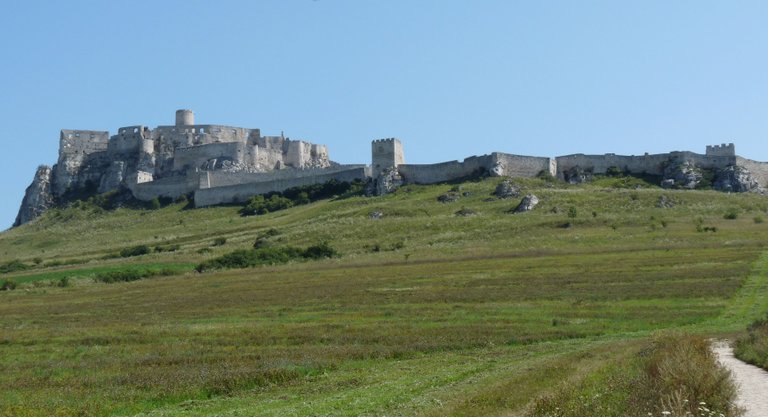
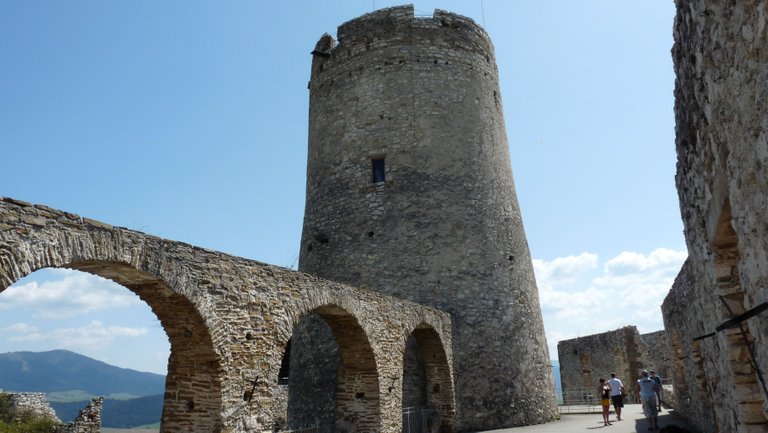
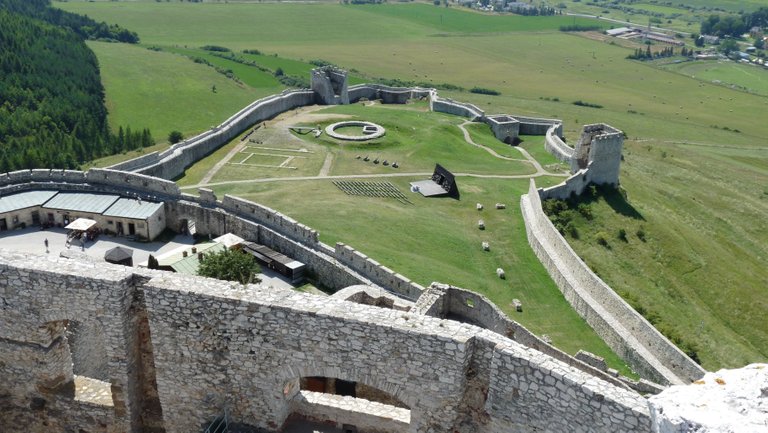
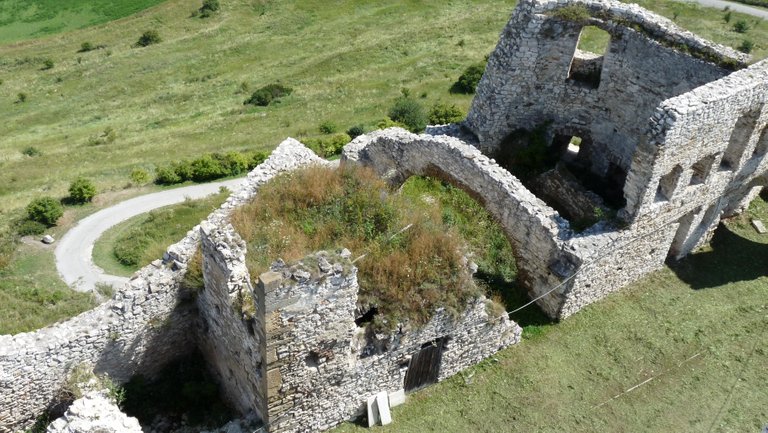
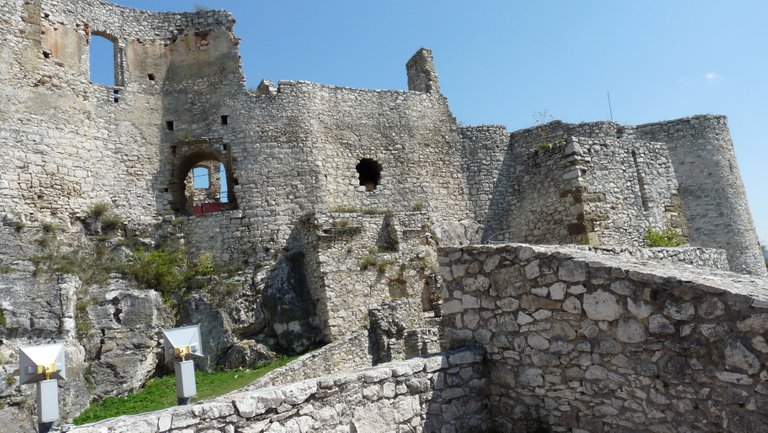
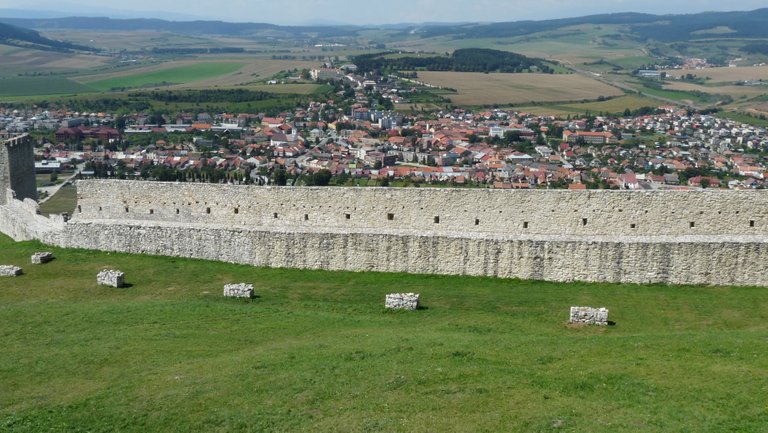
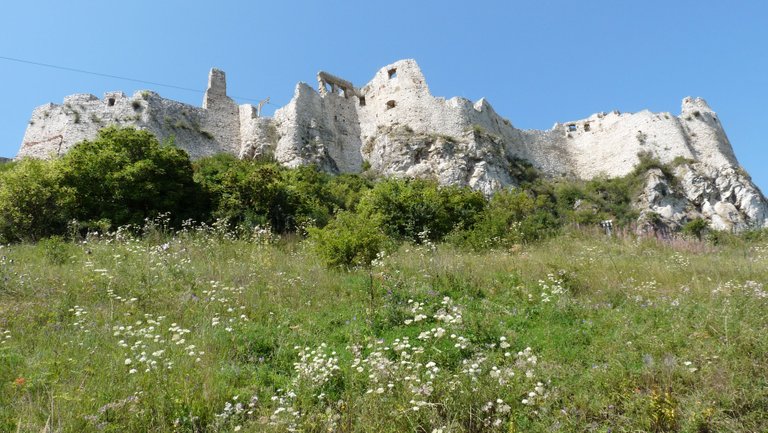
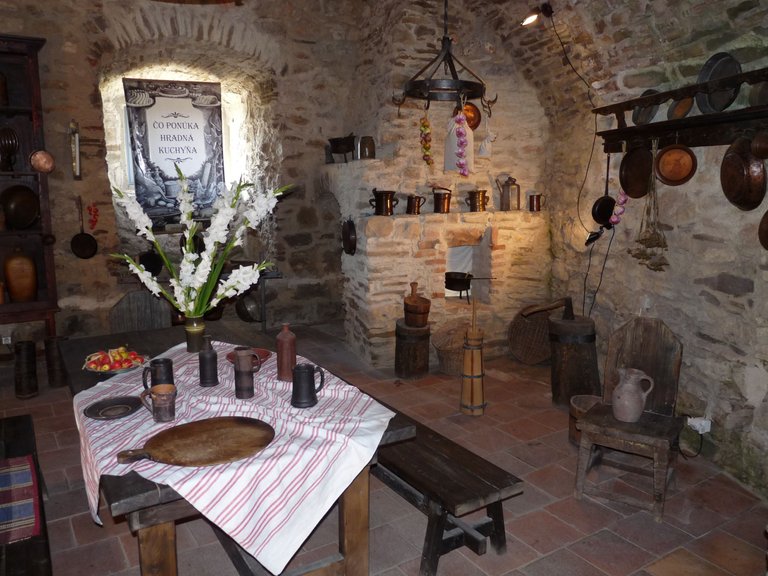
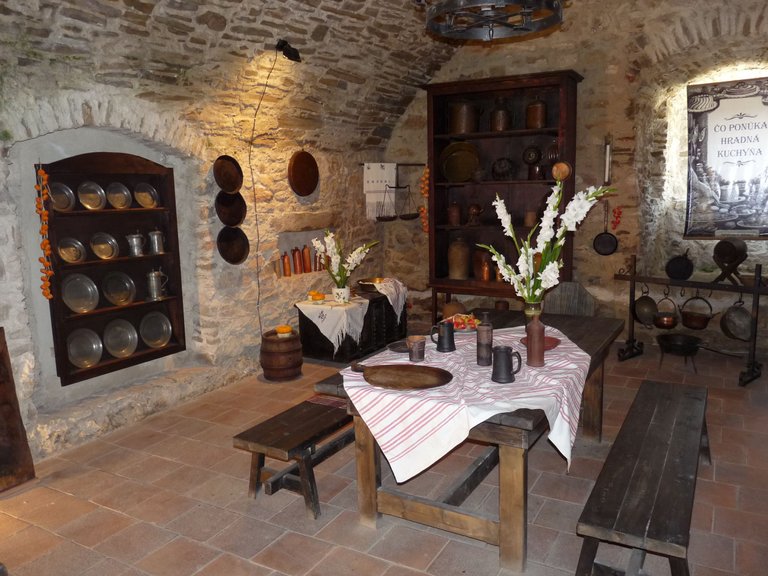
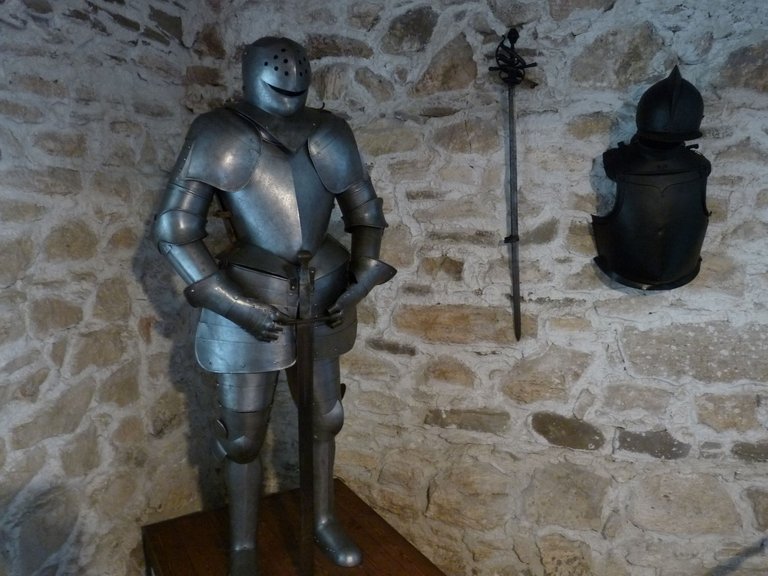
Like
Thanks...
Hi. I am a bot that looks for newbies who write good content!
Your post passed all of my tests.
You get:
I also write bots and other code for crypto....
Resteemed by @resteembot! Good Luck!
The resteem was paid by @greetbot
Curious? Read @resteembot's introduction post
Check out the great posts I already resteemed.
ResteemBot's Maker is Looking for Work.
Hi. I am a bot that looks for newbies who write good content!
Your post passed all of my tests.
You get:
I also write bots and other code for crypto....
Resteemed by @resteembot! Good Luck!
The resteem was paid by @greetbot
Curious? Read @resteembot's introduction post
Check out the great posts I already resteemed.
ResteemBot's Maker is Looking for Work.